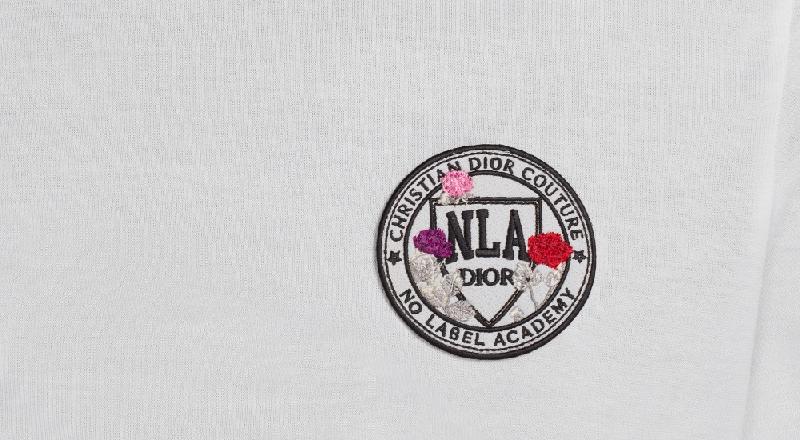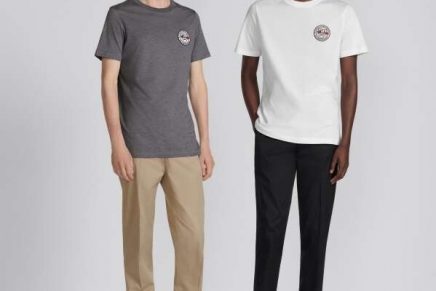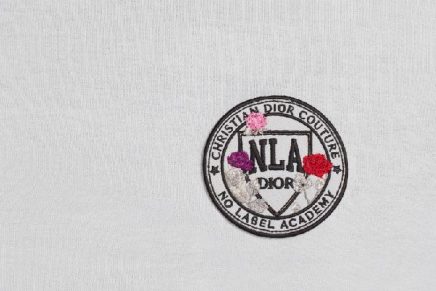Dior creates uniforms for No Label Academy in collaboration with rapper IDK.
Joining forces with rapper Jason Mills – who performs as IDK – Dior will outfit twenty-five students taking part in the No Label Academy.
Dior’s No Label Academy Uniforms: A Step Towards Inclusivity
In a groundbreaking move that intertwines fashion, music, and education, Dior has partnered with rapper Jason Mills, known by his stage name IDK, to create uniforms for twenty-five students at the No Label Academy. This collaboration transcends the realms of fashion and music, focusing on the importance of inclusive education.
The No Label Academy, a non-profit organization, has embarked on a mission to democratize music education. Collaborating with IDK, they’ve launched a pioneering course at the Harvard School of Engineering and the Harvard Museum of Arts, challenging the traditional boundaries of education and advocating for a more accessible and inclusive system.
IDK, whose music often carries a message of empowerment and social change, understands the significance of representation. He eloquently states, “The purpose of this project is not only to support No Label Academy students with a uniform/casual wear, but also to show that underrepresented communities belong at Harvard and other Ivy League schools. This will bring us one step closer to breaking the barriers that people of color face when considering an Ivy League education.”
Fashion with a Message
For this unique project, Dior’s creative director Kim Jones collaborated with IDK to craft exclusive uniforms inspired by the iconic colors of Harvard University, including rich shades of burgundy, navy blue, and cream. These uniforms blend the essence of Dior with the artistic vision of the rapper, creating a collection that exudes a preppy spirit. The ensemble features a sweatshirt, a Sea Island cotton t-shirt, and a pair of chino pants, completed with Dior Explorer moccasins adorned with CD Diamond or Dior Oblique graphics.
A Critical Note: Challenges and Sustainability
While Dior’s collaboration with the No Label Academy is undoubtedly a commendable initiative, it is important to critically assess the long-term impact and viability of such projects. Uniforms for a select group of students can be seen as a symbolic gesture, but it raises questions about the broader accessibility of quality education and the systemic barriers faced by underrepresented communities.
Sustainability in fashion and education goes beyond creating uniforms; it involves addressing the structural issues that limit access to educational opportunities. While this collaboration may inspire positive change, it should be accompanied by continued efforts to make education truly inclusive and equitable for all, regardless of background or ethnicity.
In conclusion, Dior’s partnership with the No Label Academy is a notable step in the direction of inclusivity and representation. It highlights the power of fashion and music to transcend boundaries and advocate for change. However, the project should serve as a catalyst for ongoing discussions and actions aimed at dismantling systemic obstacles to education and opportunity.





